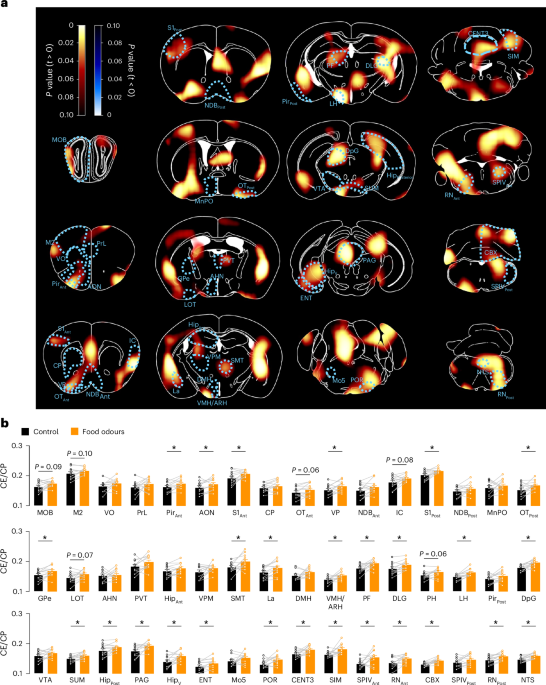Your Nose Has a Secret Hunger Switch

New research reveals why smelling food makes you feel full—and why obesity breaks this circuit
THE DISCOVERY
Scientists just discovered that your nose talks directly to your brain to control hunger. Specific neurons in your brain's "medial septum" fire within seconds of smelling food, creating feelings of fullness before you even eat.
INTERACTIVE HUNGER CIRCUIT
Test how food smells trigger brain signals - web only, won't work in newsletter.
The Nose-to-Brain Hunger Switch
💡 The Discovery
Different food smells trigger unique satiety responses in lean mice, but obese mice show no response to any food—the nose-to-brain circuit is completely broken!
THE SHOCKING TWIST
Here's the bombshell: In obese mice, this entire circuit stops working. The same smell that should trigger "I'm full" signals just... doesn't. Obesity literally breaks the hunger switch in your nose.
WHY THIS MATTERS
- For appetite control: Your nose might be more powerful than willpower
- For weight struggles: The broken circuit explains why smell-based strategies fail
- For future treatments: Game-changing potential for new obesity therapies
BOTTOM LINE
Your nose contains a hidden hunger switch that makes you feel full before eating. But obesity breaks this ancient survival mechanism, potentially explaining why appetite control becomes so difficult. This isn't about willpower—it's about broken biology.
📚 RESEARCH SOURCE
Study: Nature Metabolism, June 2025
Researcher: Sophie Steculorum, Max Planck Institute


